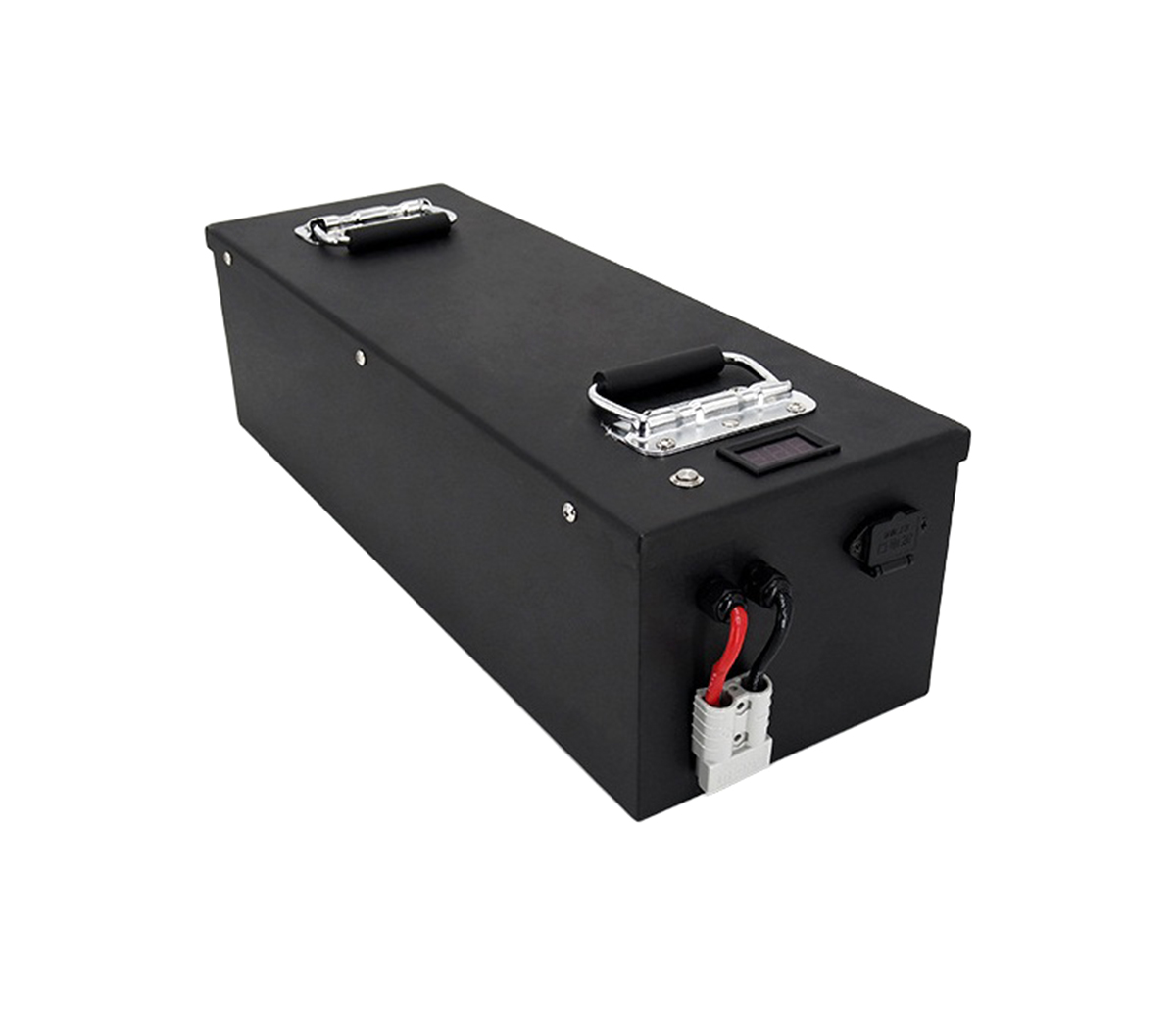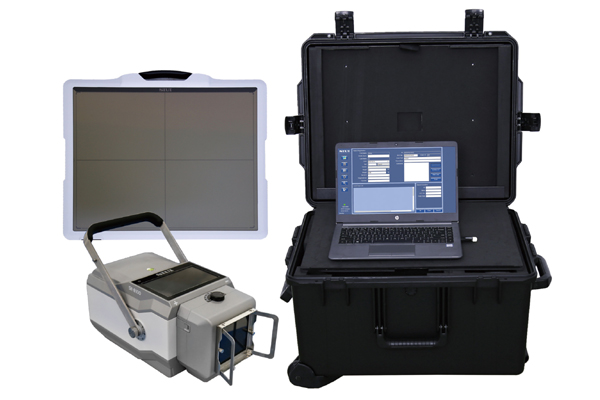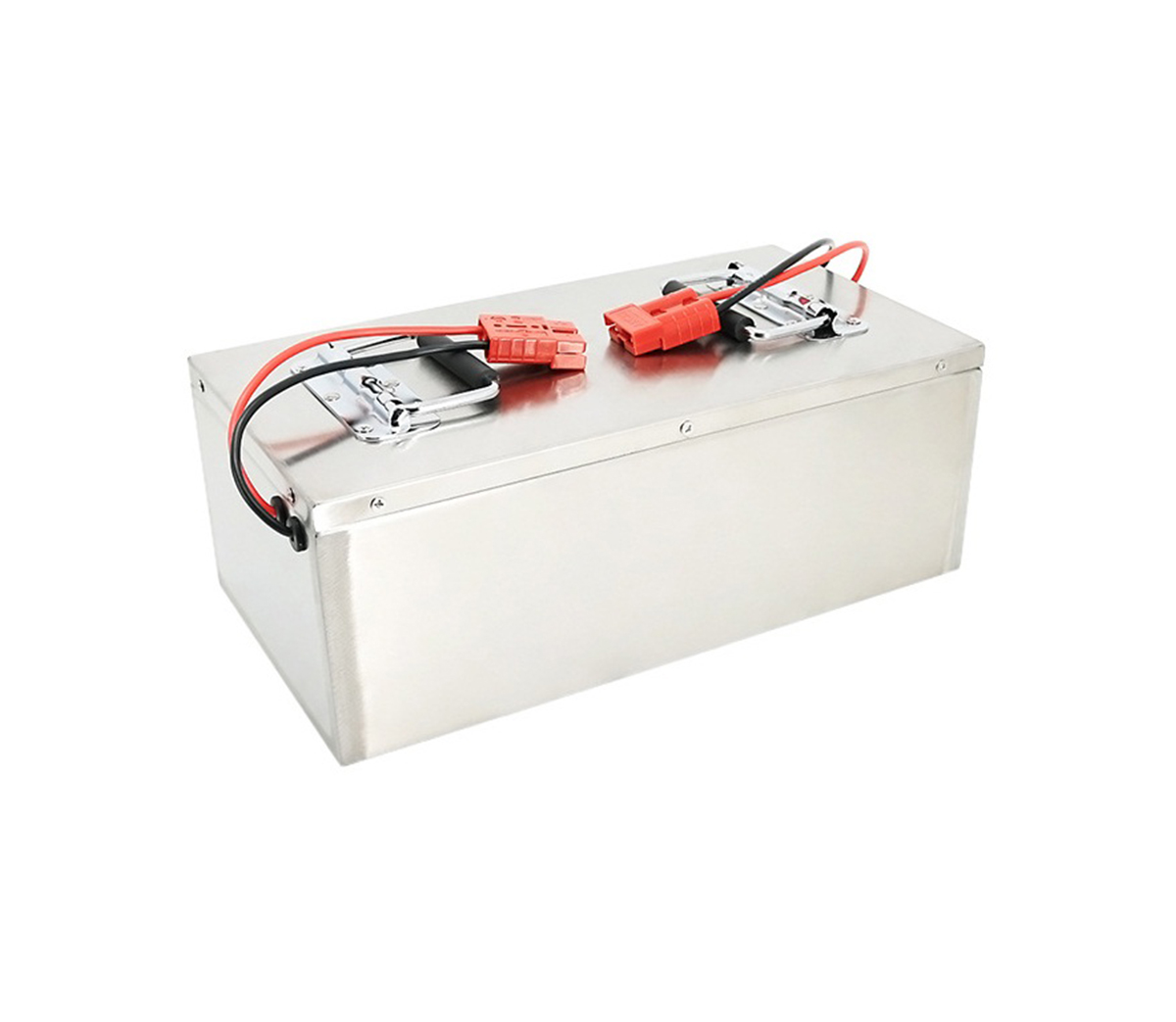Which research institute does a good lithium battery
Lithium batteries were the earliest applications in cardiac pacemakers. The
self-discharge rate of the lithium battery is extremely low, and the discharge
voltage is gentle, etc., so that the pacemaker implanted in the human body can
operate for a long time without recharging. Lithium batteries generally have a
nominal voltage higher than 3.0 volts and are more suitable for integrated
circuit power supplies. Manganese dioxide batteries are widely used in
calculators, digital cameras, and watches.
"Lithium battery" is a type of battery that uses lithium metal or lithium
alloy as the negative electrode material and uses a non-aqueous electrolyte
solution. In 1912, the lithium metal battery was first proposed and studied by
Gilbert N. Lewis. In the 1970s, M.S. Whittingham proposed and began to study
lithium-ion batteries. Due to the very active chemical properties of lithium
metal, the processing, storage and use of lithium metal have very high
environmental requirements. Therefore, lithium batteries have not been used for
a long time. With the development of science and technology, lithium batteries
have now become the mainstream.
Lithium batteries can be roughly divided into two categories: lithium metal
batteries and lithium ion batteries. Lithium-ion batteries do not contain
metallic lithium and are rechargeable. The fifth generation of rechargeable
batteries, lithium metal batteries, was born in 1996, and its safety, specific
capacity, self-discharge rate, and performance-price ratio are superior to those
of lithium-ion batteries. Due to its own high-tech requirements, only a few
companies in a few countries are producing such lithium metal batteries.
Lithium batteries were the earliest applications in cardiac pacemakers. The
self-discharge rate of the lithium battery is extremely low, and the discharge
voltage is gentle, etc., so that the pacemaker implanted in the human body can
operate for a long time without recharging. Lithium batteries generally have a
nominal voltage higher than 3.0 volts and are more suitable for integrated
circuit power supplies. Manganese dioxide batteries are widely used in
calculators, digital cameras, and watches.
In order to develop products with better performance, people have conducted
research on various materials to produce unprecedented products.
In 1992, Sony successfully developed lithium-ion batteries. Its
practicality has greatly reduced the weight and volume of portable electronic
devices such as mobile phones, notebooks, and calculators.
1. In the 1970s, Exxon’s M.S. Whittingham used titanium sulfide as the
positive electrode material and metallic lithium as the negative electrode
material to make the first lithium battery.
2. In 1980, J. Goodenough discovered that lithium cobalt oxide can be used
as a cathode material for lithium-ion batteries.
3. In 1982, R.R. Agarwal and J.R. Selman of the Illinois Institute of
Technology (the Illinois Institute of Technology) discovered that lithium ions
have the characteristics of intercalating graphite, and this process is fast and
reversible. At the same time, the safety hazards of lithium batteries made of
metal lithium have attracted much attention. Therefore, people have tried to
make rechargeable batteries using the characteristics of lithium ions embedded
in graphite. The first available lithium ion graphite electrode was successfully
trial-produced by Bell Laboratories.
4. In 1983, M. Thackeray, J. Goodenough and others discovered that
manganese spinel is an excellent cathode material, with low price, stability,
and excellent conductivity and lithium conductivity. Its decomposition
temperature is high, and its oxidation is much lower than that of lithium cobalt
oxide. Even if there is a short circuit or overcharge, it can avoid the danger
of combustion and explosion.
5. In 1989, A. Manthiram and J. Goodenough found that a positive electrode
with a polymer anion would produce a higher voltage.
6. In 1991, Sony released the first commercial lithium-ion battery.
Subsequently, lithium-ion batteries revolutionized the face of consumer
electronics.
7. In 1996, Padhi and Goodenough discovered that phosphates with an olivine
structure, such as lithium iron phosphate (LiFePO4), are more superior than
traditional cathode materials, and therefore have become the current mainstream
cathode materials.
With the widespread use of digital products such as mobile phones, notebook
computers and other products, lithium-ion batteries have been widely used in
such products with excellent performance, and are gradually developing into
other product applications. In 1998, Tianjin Power Research Institute began
commercial production of lithium-ion batteries. Traditionally, people refer to
lithium-ion batteries as lithium batteries, but these two types of batteries are
different. Lithium-ion batteries have become mainstream.
Harbin Institute of Technology, Tianda, Xiamen University, Zhongnan,
Zhengzhou Light Industry.
For a long time, the road of power battery has been very controversial, so
roads such as lithium iron phosphate, lithium manganate, and ternary materials
have been selected. The domestic power battery road is dominated by lithium iron
phosphate, but following Tesla's global popularity, the ternary data road used
by Tesla has caused an upsurge. High security. The lithium insertion potential
is high, no dendrites are generated, and the thermal stability is extremely high
during charging and discharging; the coating barrier can be quickly charged.
When charging and discharging, the volume swells and the liquid absorption
ability is strong;
Lithium, atomic number 3, atomic weight 6.941, is the lightest alkali metal
element. In order to improve safety and voltage, scientists invented materials
such as graphite and lithium cobalt oxide to store lithium atoms. The molecular
structure of these materials forms a small nano-scale storage grid that can be
used to store lithium atoms. In this way, even if the battery shell ruptures and
oxygen enters, the oxygen molecules will be too large to enter these small
storage cells, so that lithium atoms will not come into contact with oxygen and
avoid explosion.
After the lithium battery cell is overcharged to a voltage higher than
4.2V, side effects will begin to occur. The higher the overcharge voltage, the
higher the risk. When the voltage of the lithium battery cell is higher than
4.2V, the number of lithium atoms remaining in the positive electrode material
is less than half. At this time, the cell often collapses, causing a permanent
decrease in battery capacity. If you continue to charge, since the cell of the
negative electrode is already filled with lithium atoms, subsequent lithium
metal will accumulate on the surface of the negative electrode material. These
lithium atoms will grow dendrites from the surface of the negative electrode
toward the direction of the lithium ions. These lithium metal crystals will pass
through the separator paper and short-circuit the positive and negative
electrodes. Sometimes the battery explodes before the short circuit occurs. This
is because during the overcharging process, the electrolyte and other materials
will crack to produce gas, causing the battery shell or pressure valve to swell
and rupture, allowing oxygen to enter and react with the lithium atoms
accumulated on the surface of the negative electrode. And then exploded.
Therefore, when charging a lithium battery, the upper voltage limit must be
set, so that the battery life, capacity, and safety can be taken into account at
the same time. The most ideal upper limit of the charging voltage is 4.2V. There
is also a lower voltage limit when discharging lithium batteries. When the cell
voltage is lower than 2.4V, some materials will begin to be destroyed. And
because the battery will self-discharge, the longer it is left, the lower the
voltage will be. Therefore, it is best not to stop when the battery is
discharged to 2.4V. During the period when the lithium battery is discharged
from 3.0V to 2.4V, the energy released only accounts for about 3% of the battery
capacity. Therefore, 3.0V is an ideal discharge cut-off voltage. When charging
and discharging, in addition to the voltage limit, the current limit is also
necessary. When the current is too large, lithium ions will not have time to
enter the storage cell and will accumulate on the surface of the material.
After these lithium ions obtain electrons, they will produce lithium atom
crystals on the surface of the material, which is the same as overcharging,
which is dangerous. If the battery casing ruptures, it will explode. Therefore,
the protection of lithium-ion batteries must include at least three items: the
upper limit of the charging voltage, the lower limit of the discharge voltage,
and the upper limit of the current. In the general lithium battery pack, in
addition to the lithium battery core, there will be a protective board, which
mainly provides these three protections. However, these three protections of the
protection board are obviously not enough, and there are still frequent
explosions of lithium batteries around the world. To ensure the safety of the
battery system, the cause of the battery explosion must be analyzed more
carefully.
Explosion type analysis The types of battery cell explosion can be
summarized into three types: external short circuit, internal short circuit, and
overcharge. The outside here refers to the outside of the battery cell,
including short circuits caused by poor internal insulation design of the
battery pack. When a short circuit occurs on the outside of the cell and the
electronic components fail to cut off the circuit, high heat will be generated
inside the cell, which will cause part of the electrolyte to vaporize and expand
the battery shell. When the internal temperature of the battery reaches 135
degrees Celsius, a good quality diaphragm paper will close the pores, the
electrochemical reaction will be terminated or almost terminated, the current
will drop sharply, and the temperature will slowly drop, thus avoiding an
explosion. However, the pore closure rate is too poor, or the pores are not
closed at all, the battery temperature will continue to rise, more electrolyte
will vaporize, and finally the battery shell will be broken, and the battery
temperature will even be increased. The material burns and explodes. The
internal short circuit is mainly caused by the burrs of the copper foil and
aluminum foil piercing the diaphragm, or the dendritic crystals of lithium atoms
piercing the diaphragm.


































